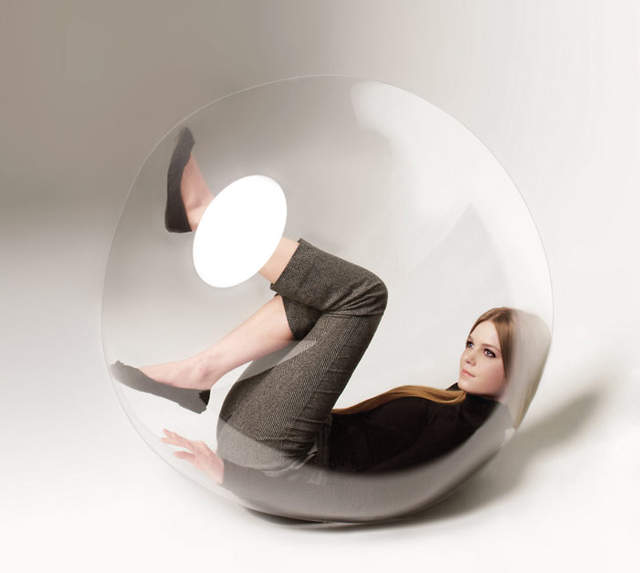Why do people use
Twitter?
I understand
celebrities, companies, and events because they all have something to sell you.
They want an audience for new projects, new products, and/or to raise money
because of the first two.
I follow the local
news twitter feed because I'm a commuter and like checking the traffic report
before I head out. I follow event pages because I'm already planning on
attending that event. I follow companies to find out when something is being
released/renewed/cancelled. I follow groups to get links to relevant pictures
and webpages. I follow celebrities because they're often funny and really nice
to their followers, and you occasionally get the inside scoop on upcoming
shows. I follow my friends because Twitter suggested it, but most of my friends
don't tweet and the one who does uses Twitter/Facebook as more of a Marketing
tool for her Real Estate business which kind of makes her more of a company.
I understand that
you can tweet private messages but I never have and am not sure I know how to.
I have unlimited text messages, I usually have access to my email or Facebook,
and if all else fails I always have an actual phone to use.
I only have 7
followers - occasionally as high as 10. About 3 are friends, 1 is a co-worker,
and the rest are companies trying to sell me things based on my profile hoping
that if they follow me I'll reciprocate and follow them.
I tried scheduling a
bunch of tweets in advance - I'm very proud of my casual Friday tee and would
like more people to be aware of my awesome tee collection - but it quickly
failed because my interest waned after setting up 5 or 6.
I've tweeted about
blog posts I've written and if I use the right tags it has been retweeted. I've
tweeted and retweeted to win contests - still haven't won anything.
I think I'm missing
something.
Looking online,
reasons to use Twitter include:
- To follow trends i.e. hashtags
- Interesting people - not just celebrities
- Creative outlet
- Access to celebrities
- Instant news reports - [excellent reason, but be careful the source is reliable and if the report interests me I follow up with a legit source elsewhere later]
- Short attention span - limit of 140 characters removes TL;DR comments [why anyone would make those comments confounds me]
- Meet new people
- Sending out thoughts to everyone in the social network can be empowering [but how many actually get read/make a difference]
- Easy to use
- Allows for mini-reflections instead of massive blog posts
- And many, many more
I agree with many of
these things: I get tips and updates from the people I follow, I feel more
connected to the celebrities I like. I don't know about easy to use [I seem to
have some kind of mindblock due to my obvious wordiness] and hashtags confuse me:
do I create my own or use already created ones? I haven't met any new people, I
haven't found an easy way to post pics so creativity is out, I never write
TL;DR cause if I had time to make that comment I had time to read the whole
post.
Why do or don't you
use Twitter? Any tips to make it work better for me?
I kinda prefer
tweetcaster as opposed to Twitter itself cause it more easily allows me to
schedule posts and quote tweets when I reply to them. What app do you use?











